Five genders and two souls: the solution of the sexual question among the Indians
Categories: Nations | North America | World
By Pictolic https://pictolic.com/article/five-genders-and-two-souls-the-solution-of-the-sexual-question-among-the-indians.htmlWhen Europeans encountered the indigenous population of the American continent, they were confused. The people they met were not only strikingly different from them in appearance, but also had a completely different view of the world around them and on the very nature of man. The newcomers, brought up in Christian morality, were shocked by many things, especially the way the Indians treated the gender issue.
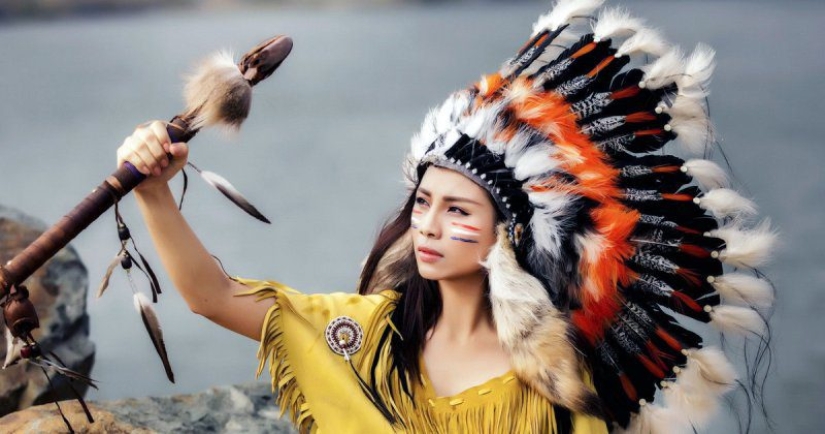
The famous American artist of the XIX century, George Catlin, known for his wonderful portraits of Indians of different tribes, spent a lot of time among the indigenous population of North America. Despite this, he did not understand and did not accept the tolerance of the Indians in matters of gender.
A creative person, whose views at that time were considered quite progressive, spoke so belligerently about gender concepts. What angered the painter about the attitude of the Indians to the issues of gender and sexuality in general?
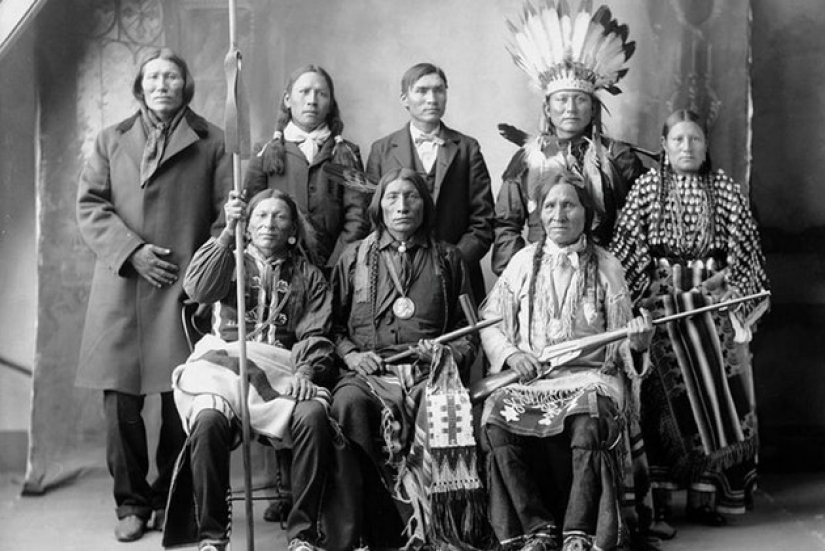
The Indians differed from the inhabitants of Europe in that they did not have a division into male and female affairs. Each member of the tribe performed the work that he could do better at the moment and that was to his liking. The main emphasis was placed on the good that a person brought to his family and the whole community.
In terms of gender, the Indians divided people into five categories: male, female, male with two souls, female with two souls and transgender. Native Americans called people with two souls those who had an unconventional sexual orientation. We put it this way, but in fact, among the Indians, any form of sexuality was considered the norm and no one was persecuted for sexual preferences.
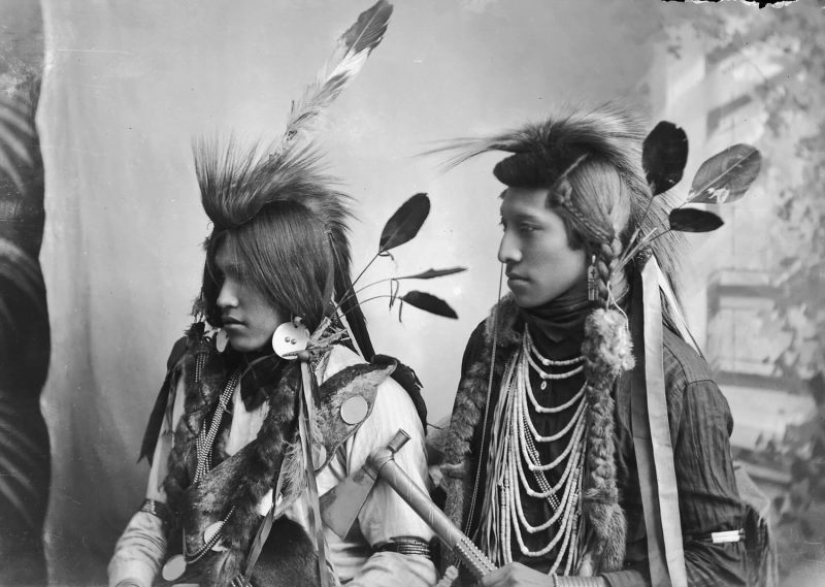
All the tribes of the continent had their own special names for people with two souls. The Navajo called them Nadleehi, meaning "changed," the Cheyenne called them Hemaneh, meaning "half man, half woman," and the Lakota called them Winkte, or "a man behaving like a woman."
There were dozens of other formulations, which were characterized by one thing — respect for a person's choice. Europeans have chosen one term for themselves — universal and from their point of view the most suitable — "two-souled".
Of course, newcomers from countries where Christianity flourished for many centuries, any manifestation of homosexuality among the local population was condemned and considered a disease or at least a deviation. For the Indians, it looked different — they believed that people with two souls are better than ordinary ones, since they are able to look at the world from the point of view of men and women.
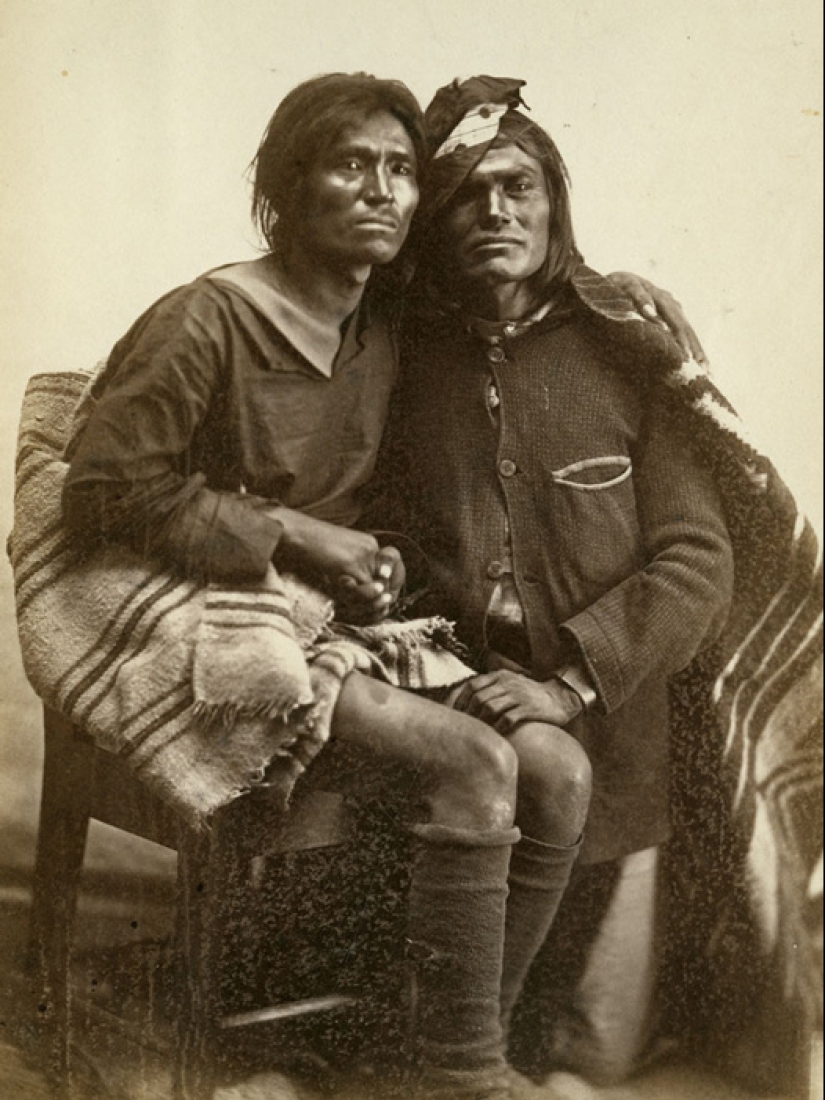
Most of the peoples of the New World believed that gender was inherent in man by the Creator, even before he got to earth. The Sioux Indians believed that before being born, an asexual individual appears before the supreme creative spirit.
In one hand, the deity holds a bow and arrows, and in the other — a baby's cradle. The Creator himself decides to whom what object to give and, although most often men receive a bow, sometimes God reasons in his own way and gives his children what he thinks is necessary. Thus, the Indians were sure that gender is determined from above and this is a great divine plan.
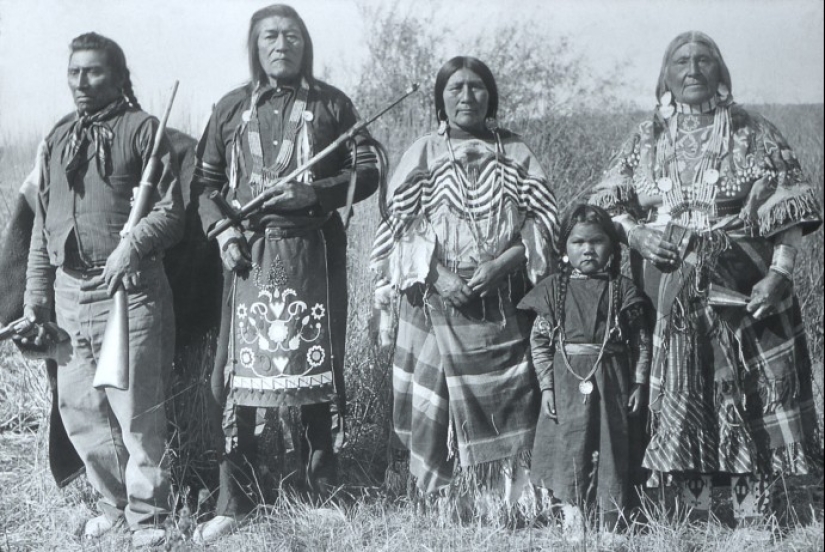
The native American population was not characterized by shame for showing love and sexuality to anyone. In assessing each person, his human qualities and, of course, the benefits he brought to the tribe played a dominant role.
The Indians treated the children the same way — both boys and girls were dressed in similar clothes and given the same chores. The children told their relatives who they felt and how they intended to live on when they were ready to make such a decision themselves.
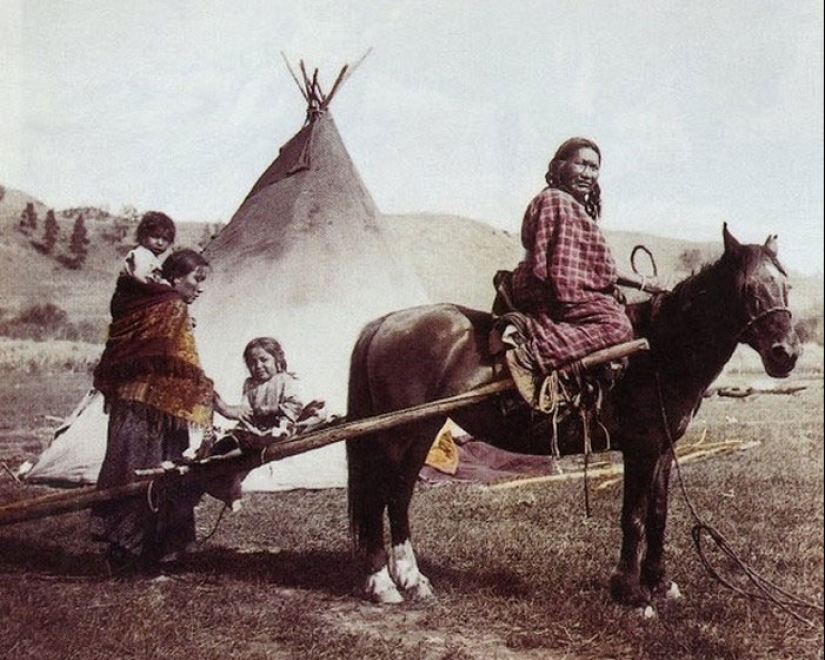
The "two-souled" have always produced the best shamans, seers, healers and musicians. Women who had a second, masculine spirit were often brave warriors and skilled hunters. The most famous example of such a person is Osh-Tish, a Lakota Indian who lived in the second half of the XIX century.
Translated from the Lakota language, the name Osh-Tish means "the one who finds and kills." This Indian was born a man, was married to a woman and became famous as a fearless warrior and a successful hunter. Osh-Tish was a very respected man in his tribe, despite the fact that he dressed like a woman and in everyday life behaved like an ordinary Indian squaw.
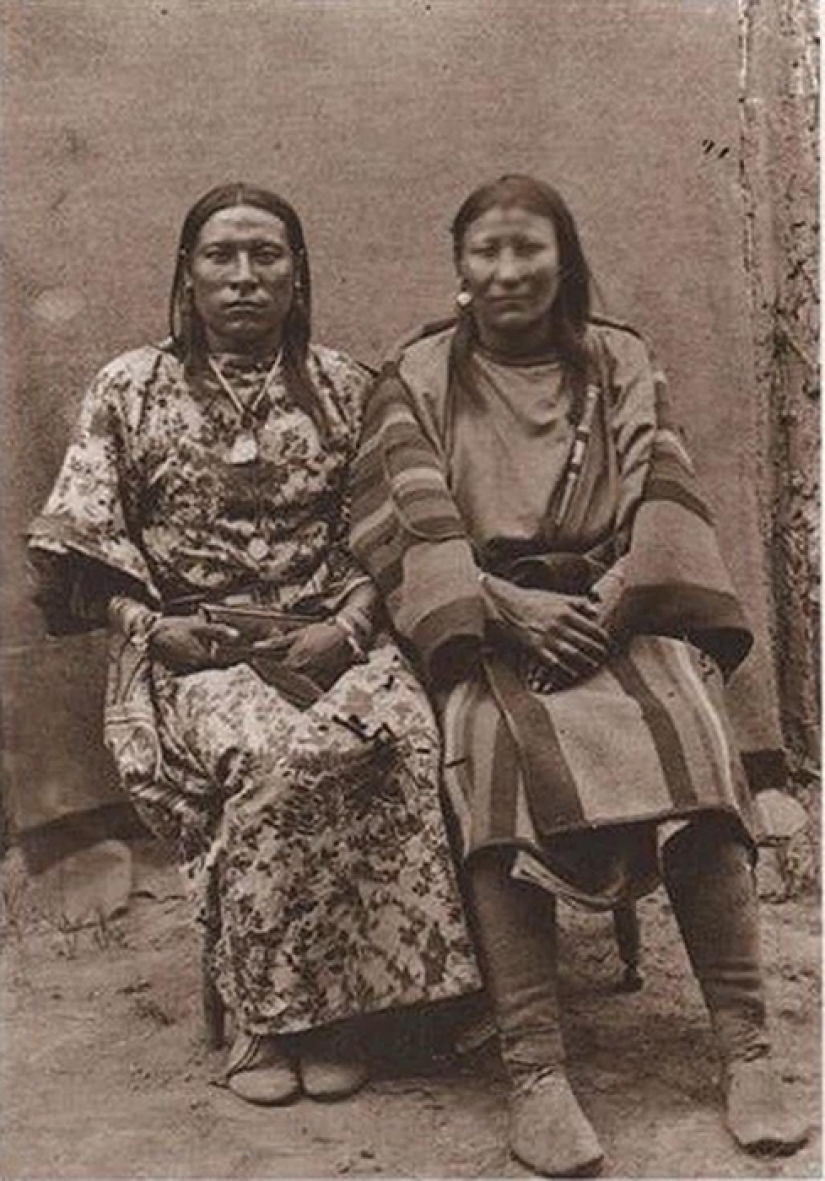
The Europeans, having come to the village of Osh-Tisha, began to ridicule him and insist that the Indian begin to behave like a man. The transgender tribesmen did not appreciate the good impulses of the overseas guests and demanded to leave the warrior alone and let him live the life he chose for himself.
Another "two-souled", whose name has been preserved by history, was an Indian named Ve-Va, who lived at the same time as Osh-Tish. He was born a man, but since childhood he considered himself a woman, so everyone treated him like a lady.
Among his fellow tribesmen, Ve-Va stood out with a sharp mind, worldly wisdom and curiosity, so it is not surprising that he was chosen as the official representative of the tribe in Washington. Despite his high position, the Indian has not changed his principles and appears in all portraits and photographs in female attire.
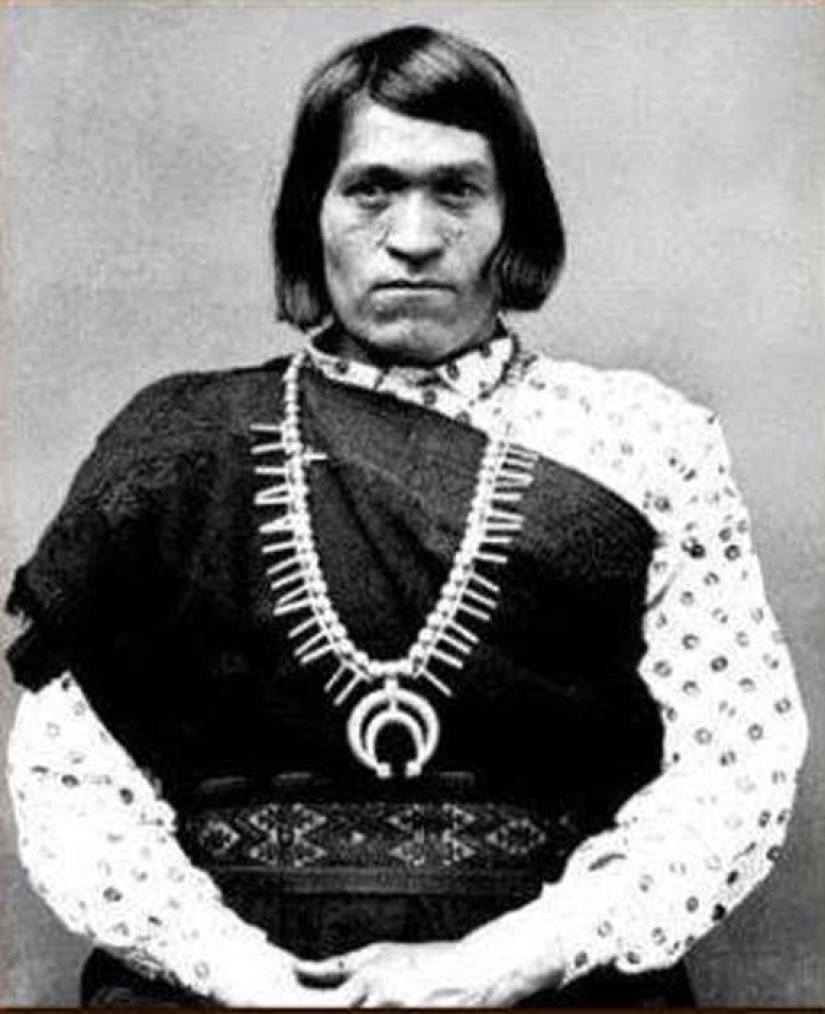
We know the stories of Ve-Va and Osh-Tish only thanks to the fact that photographs of these people have been preserved. Missionaries, who rushed to new lands by the thousands to bring the Word of God to people, tried their best to eradicate the local traditional attitude to sexuality. The saints did not disdain anything and sometimes even organized the murders of "two-souled".
The pressure on the local population was so great that by the beginning of the XX century, not a single Indian was ready to admit his sympathies for members of his own sex. Thus, the peoples of the New World have lost a unique tradition, which has been replaced by intolerance and fear that reign today not only in the Americas, but also around the world.
Recent articles

The celebrities we are used to seeing on the screen or in history textbooks, outside of all this hype around, are ordinary people. ...

At the beginning of their career, many actors grab any role – just to light up on the screen. And then, years later, when they ...

Arabic writing is very different from Cyrillic and Latin. And this difference is not only in the form of the letters themselves. In ...